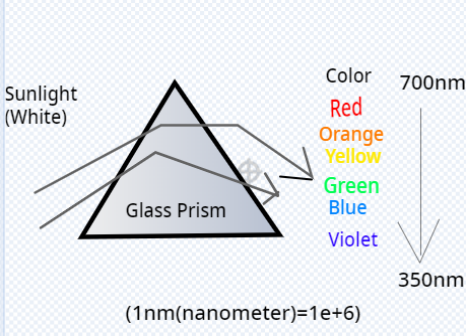Chandrashekhara Venkata Raman
Born: 7 November 1888, Tiruchirappalli,Tamil Nadu. Studied: The diffraction of light by acoustic waves of ultrasonic and hyper-sonic frequencies at St Aloysius' Anglo-Indian High School, Vishakhapatnam.
Sir C. V. Raman discovered in 1928 that when a beam of coloured light entered a liquid, a fraction of the light scattered by that liquid was of a different color. Raman showed that the nature of this scattered light was dependent on the type of sample present. Other scientists quickly understood the significance of this phenomenon as an analytical and research tool and called it the Raman Effect. This method became even more valuable with the advent of modern computers and lasers. Its current uses range from the non-destructive identification of minerals to the early detection of life-threatening diseases.
What is Raman effect in simple?
The Raman Effect is the process of scattering of light particles by molecules of a medium. The scattering occurs due to a change in the wavelength of light as it enters the medium.

Death: 21 November 1970, Bengaluru with sudden cardiac arrest.
Awards:- Nobel prize for his invention Raman effect.